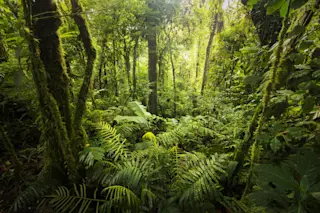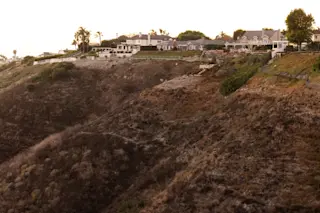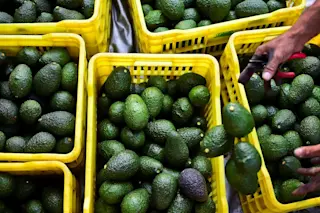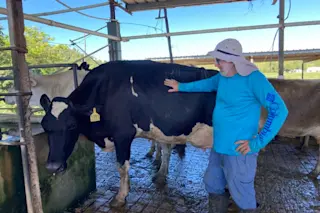Twenty years ago, a pasture in Costa Rica was nearly barren farmland, choked by invasive grasses. Today, it blooms anew with a rich tangle of jungle plants. The magic ingredient for this resurgence? Oranges.
In the mid-1990s, Del Oro, a newly established orange juice manufacturer in Costa Rica was looking for a way to get rid of the rinds and pulp left over after juice extraction. They planned on building an expensive processing plant, but two ecologists from the University of Pennsylvania approached them with a different idea. If the company would donate some land it owned adjacent to a national forest they could dump their organic waste on degraded areas nearby. A pilot program yielded rich black loam and a diversity of new plants, and in 1998, the company unloaded 12,000 metric tons of orange waste onto the forest.
The promising program would be cut short, however, by a ...














